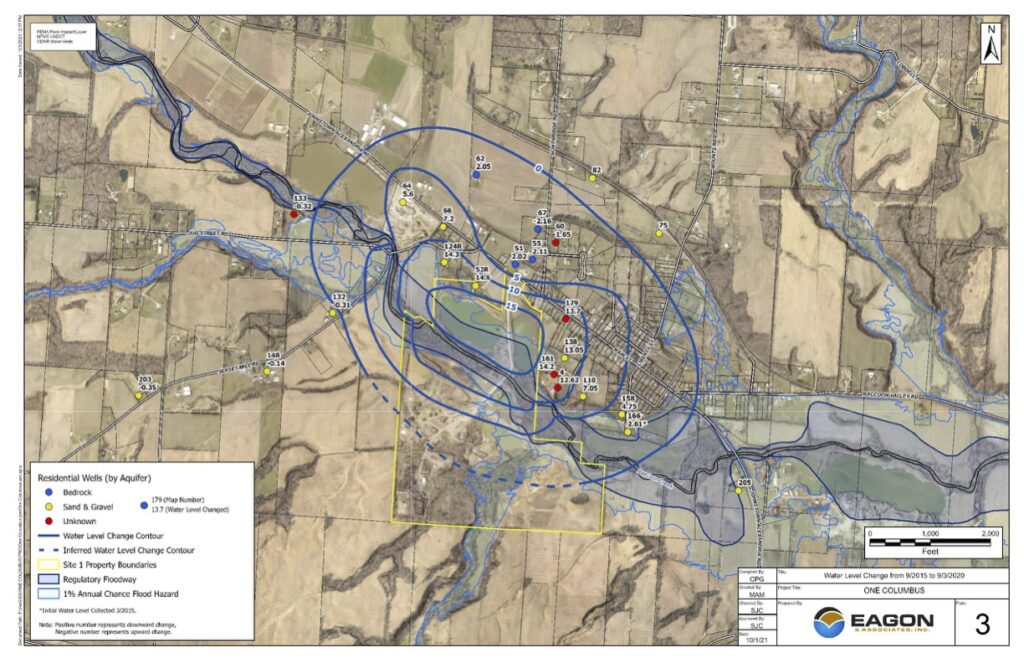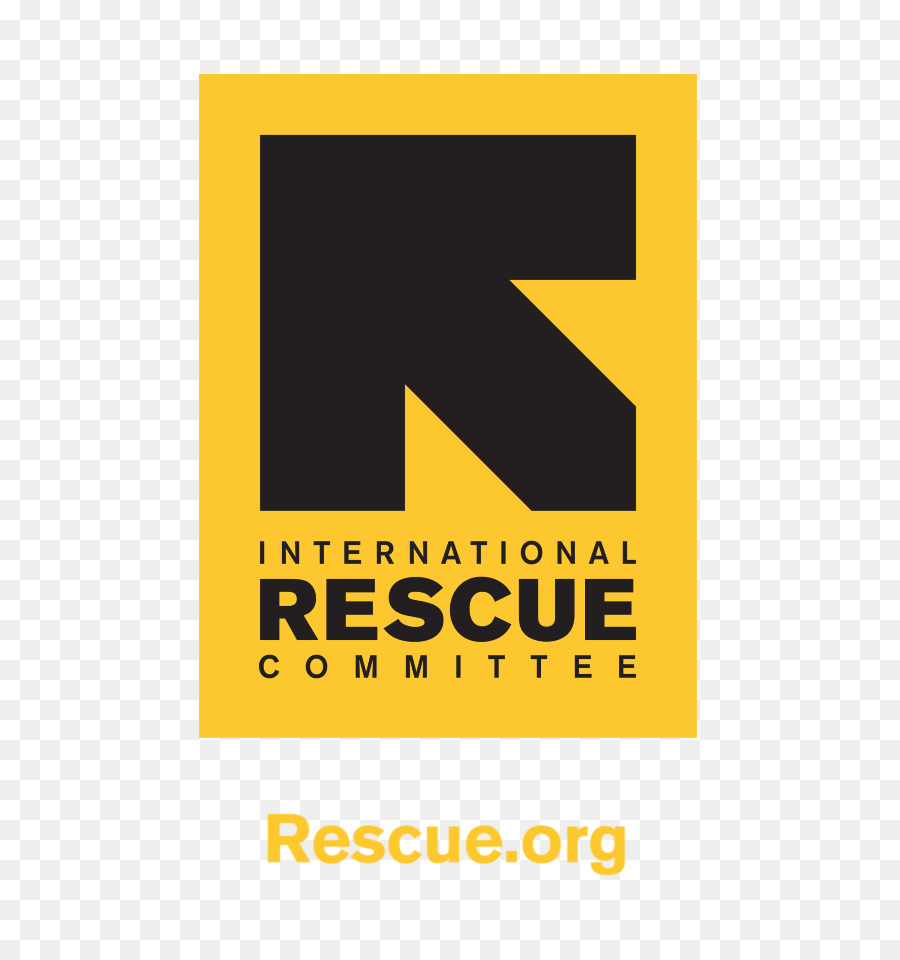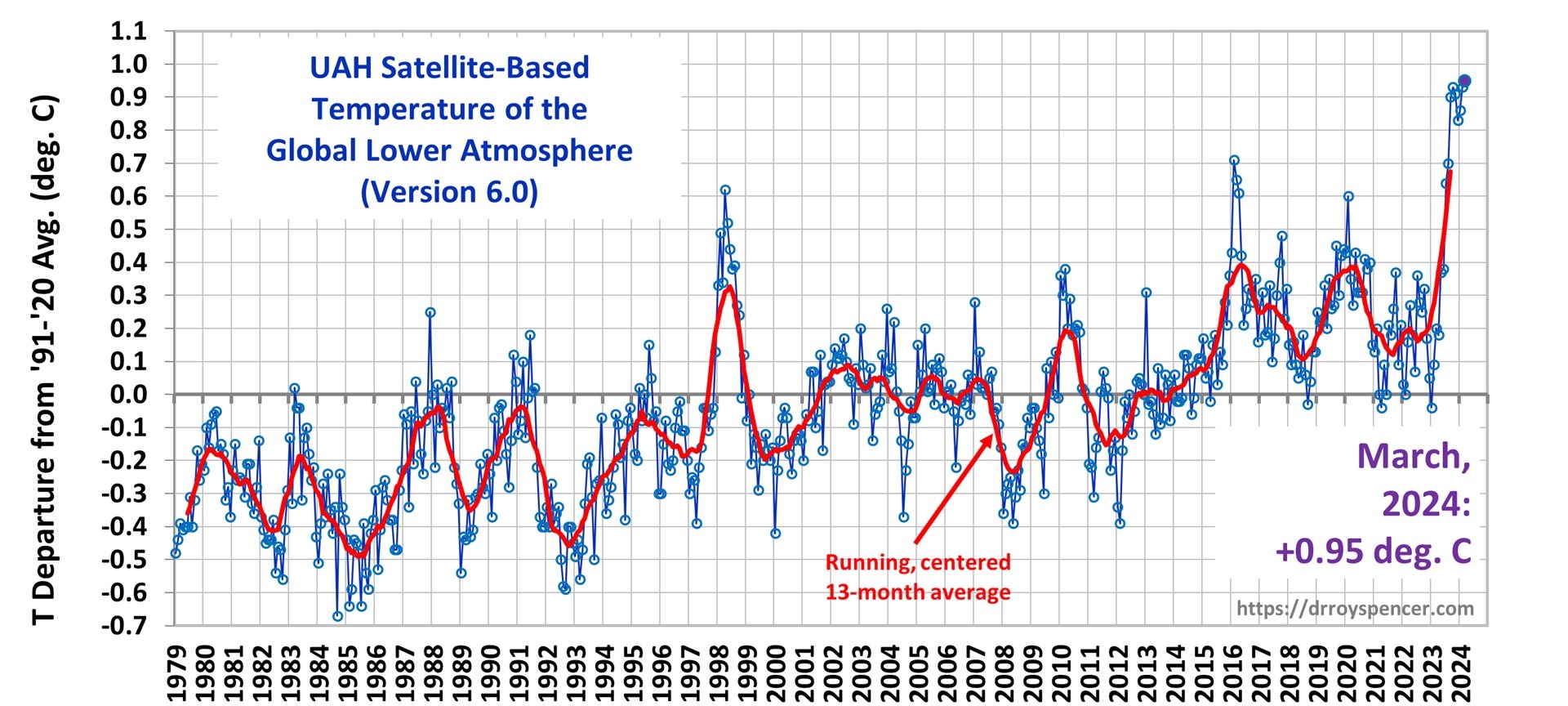Report on Solar-Enhanced Biological Wastewater Treatment
Introduction
A recent research development presents a solar-thermal conversion strategy to address a critical challenge in biological wastewater treatment. The efficacy of biological remediation for industrial and municipal wastewater is known to decline significantly under low-temperature conditions (≤15 °C). This innovative approach leverages solar energy to maintain an optimal temperature within the bacterial micro-niche, ensuring high-performance treatment. This report analyzes the technology’s methodology and its significant contributions to achieving the United Nations Sustainable Development Goals (SDGs).
Alignment with Sustainable Development Goals (SDGs)
The solar-enhanced wastewater treatment technology provides a multi-faceted solution that directly supports progress across several key SDGs.
SDG 6: Clean Water and Sanitation
- Improved Water Quality: By ensuring consistent and efficient wastewater treatment regardless of cold ambient temperatures, this innovation directly addresses Target 6.3, which aims to improve water quality by reducing pollution and halving the proportion of untreated wastewater.
- Enhanced Sanitation Services: It strengthens the reliability of sanitation infrastructure, particularly in regions with seasonal temperature variations, contributing to equitable access to sanitation for all.
SDG 7: Affordable and Clean Energy
- Increased Share of Renewable Energy: The strategy’s core function is to use solar power, a clean and renewable resource, to heat the bioreactors. This aligns perfectly with Target 7.2, which calls for a substantial increase in the share of renewable energy in the global energy mix.
- Reduced Energy Costs: It offers a sustainable alternative to energy-intensive conventional heating methods, making wastewater treatment more affordable and accessible.
SDG 9: Industry, Innovation, and Infrastructure
- Sustainable Industrialization: The technology provides industries with a cleaner, more efficient method for wastewater remediation, supporting the goal of sustainable industrial processes under Target 9.4.
- Technological Upgrading: It represents a significant innovation in environmental biotechnology, promoting the upgrade of infrastructure to be more resilient, sustainable, and environmentally sound.
SDG 11: Sustainable Cities and Communities
- Reduced Environmental Impact of Cities: Effective municipal wastewater management is crucial for sustainable cities. This technology helps reduce the adverse per capita environmental impact of urban areas by ensuring pollutants are removed from water before discharge (Target 11.6).
Technical Analysis
The Challenge: Inefficiency in Low-Temperature Environments
- Biological wastewater treatment is a fundamental process for remediation.
- Its performance is highly dependent on the metabolic activity of microorganisms.
- In low-temperature conditions (≤15 °C), bacterial activity slows, causing a notable decline in treatment efficiency.
The Solution: Solar-Thermal Conversion
- A novel strategy efficiently converts solar energy into thermal energy directly within the treatment system.
- This targeted heating sustains the bacterial micro-niche at a consistently high temperature of over 30 °C.
- By maintaining an optimal thermal environment, the technology overcomes the limitations of low ambient temperatures, ensuring stable and effective wastewater treatment year-round.
Relevant Sustainable Development Goals (SDGs)
The following SDGs are addressed or connected to the issues highlighted in the article:
-
SDG 6: Clean Water and Sanitation
The article’s primary focus is on “biological wastewater treatment” for “industrial and municipal wastewater remediation.” This directly addresses the core mission of SDG 6, which is to ensure the availability and sustainable management of water and sanitation for all.
-
SDG 7: Affordable and Clean Energy
The proposed solution involves a “solar–thermal conversion strategy” that “efficiently convert[s] solar energy into thermal energy.” This highlights the use of a renewable and clean energy source (solar power) to improve an industrial process, which aligns with the goal of increasing the share of renewable energy.
-
SDG 9: Industry, Innovation, and Infrastructure
The article reports on a new, innovative strategy developed by researchers to overcome a specific technological challenge (“treatment performance declines notably under low-temperature environmental conditions”). This focus on research, development, and upgrading technological capabilities for more sustainable industrial processes is central to SDG 9.
-
SDG 13: Climate Action
By proposing a solution that uses solar energy, the article implicitly supports climate action. This technology can reduce the reliance on fossil fuel-based energy that might otherwise be used to heat wastewater treatment systems in cold climates, thereby contributing to the reduction of greenhouse gas emissions.
Specific SDG Targets
Based on the article’s content, the following specific targets can be identified:
-
SDG 6: Clean Water and Sanitation
- Target 6.3: By 2030, improve water quality by reducing pollution, eliminating dumping and minimizing release of hazardous chemicals and materials, halving the proportion of untreated wastewater and substantially increasing recycling and safe reuse globally.
The article directly addresses this target by introducing a method to enhance “biological wastewater treatment.” The technology aims to improve “treatment performance,” especially in low-temperature conditions where it would otherwise decline, thus increasing the proportion of effectively treated wastewater.
- Target 6.3: By 2030, improve water quality by reducing pollution, eliminating dumping and minimizing release of hazardous chemicals and materials, halving the proportion of untreated wastewater and substantially increasing recycling and safe reuse globally.
-
SDG 7: Affordable and Clean Energy
- Target 7.2: By 2030, increase substantially the share of renewable energy in the global energy mix.
The core of the innovation is the use of “solar energy” to maintain the required temperature for the treatment process. This is a direct application of renewable energy in an industrial sector, contributing to an increased share of renewables.
- Target 7.2: By 2030, increase substantially the share of renewable energy in the global energy mix.
-
SDG 9: Industry, Innovation, and Infrastructure
- Target 9.4: By 2030, upgrade infrastructure and retrofit industries to make them sustainable, with increased resource-use efficiency and greater adoption of clean and environmentally sound technologies and processes, with all countries taking action in accordance with their respective capabilities.
The “solar–thermal conversion strategy” is a prime example of a clean and environmentally sound technology designed to upgrade the wastewater treatment industry, making it more efficient and sustainable.
- Target 9.5: Enhance scientific research, upgrade the technological capabilities of industrial sectors in all countries… encouraging innovation.
The article is a report on new research (“Now, researchers report…”) that presents an innovative solution to a long-standing problem in wastewater treatment. This embodies the spirit of enhancing scientific research to solve industrial challenges.
- Target 9.4: By 2030, upgrade infrastructure and retrofit industries to make them sustainable, with increased resource-use efficiency and greater adoption of clean and environmentally sound technologies and processes, with all countries taking action in accordance with their respective capabilities.
Implied Indicators for Measuring Progress
The article mentions or implies the following indicators for measuring progress:
-
For SDG 6:
- Indicator 6.3.1: Proportion of domestic and industrial wastewater flows safely treated.
The article’s entire premise is to improve “treatment performance.” The success of the new technology would be measured by an increase in the proportion of wastewater that is effectively treated, particularly in environments with temperatures “≤15 °C”.
- Indicator 6.3.1: Proportion of domestic and industrial wastewater flows safely treated.
-
For SDG 7:
- Indicator 7.2.1: Renewable energy share in the total final energy consumption.
The use of a “solar–thermal conversion strategy” implies that solar energy is substituting other energy sources for heating. The adoption of this technology would contribute directly to this indicator by increasing the use of solar power in the industrial sector.
- Indicator 7.2.1: Renewable energy share in the total final energy consumption.
-
For SDG 9:
- Indicator 9.5.1: Research and development expenditure as a proportion of GDP.
The existence of the research reported in the article implies investment in R&D. The publication itself is an output of such expenditure, aimed at creating innovative industrial solutions.
- Indicator 9.5.1: Research and development expenditure as a proportion of GDP.
Summary of Findings
| SDGs | Targets | Indicators |
|---|---|---|
| SDG 6: Clean Water and Sanitation | 6.3: Improve water quality by halving the proportion of untreated wastewater. | 6.3.1: Proportion of domestic and industrial wastewater flows safely treated. |
| SDG 7: Affordable and Clean Energy | 7.2: Increase substantially the share of renewable energy in the global energy mix. | 7.2.1: Renewable energy share in the total final energy consumption. |
| SDG 9: Industry, Innovation, and Infrastructure | 9.4: Upgrade infrastructure and retrofit industries to make them sustainable… with greater adoption of clean and environmentally sound technologies. | Adoption rate of clean technologies in the wastewater industry. (Implied) |
| SDG 9: Industry, Innovation, and Infrastructure | 9.5: Enhance scientific research, upgrade the technological capabilities of industrial sectors. | 9.5.1: Research and development expenditure as a proportion of GDP. |
| SDG 13: Climate Action | Strengthen resilience and adaptive capacity to climate-related hazards. | Implementation of technologies that reduce GHG emissions by using renewable energy. (Implied) |
Source: nature.com







